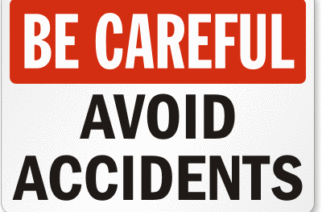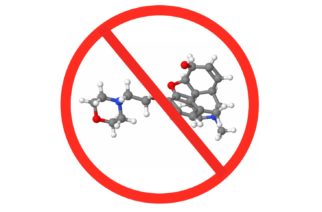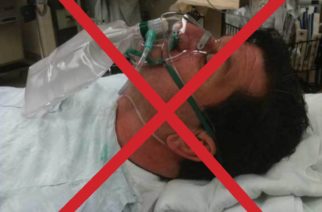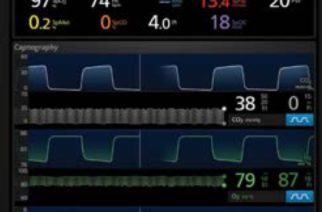It’s counter-intuitive that an alert designed to improve safety may actually be detrimental to patient care. Unfortunately alerts on their own may absolve governing bodies from ensuring more effective interventions. The diagram below (created by Cassie McDaniel) neatly demonstrates which interventions are most effective at improving safety. Forcing functions represent […]
Obstacles To Patient Safety
9. Dispersion
When an aeroplane crashes hundreds often die. This concentration of deaths lends the aviation industry tremendous energy in ensuring the same adverse event doesn’t happen again. Healthcare rarely benefits from the same fate. ‘Over the last few years NSW Health have received numerous reports of death and morbidity from central […]
8. Complexity
Recently a tragic mix up where oxygen tubing was connected to a urinary catheter resulted in the death of ex-Socceroo Steve Herczeg (see here). ‘How can anyone make this mistake?’ Unfortunately events like this occur regularly – we often only here of them via the media – our error report […]
Mobile Phone Reception Survey
We’re trying to improve mobile phone reception in hospitals in the interest of better patient care. Australian hospital staff can you help? Please consider completing & sharing this very brief (<1min) survey: CLICK HERE Perhaps one of the greatest obstacles to optimal patient care is an inability for front line […]
7. The Blame Game
One major objective of a ‘Root Cause Analysis’ is to: ‘Look for improvements rather than apportion blame’ Recently, a tragic gas pipeline crossover resulted in death of a newborn, and left another with severe brain injury. Prior to this incident many clinicians believed pipeline errors had been relegated to history. Unfortunately pipeline […]
Ban Pholcodine
Pholcodine is an opioid drug found in some cough suppressants. It’s banned in several countries which as a result have much lower death rates from severe allergic reactions to anaesthetics. These countries supply alternative cough suppressants with similar efficacy which do not pose this risk. Pholcodine in cough suppressants puts […]
6. Mind the Gap
Mind the Gap & Why ‘Ruby’s Rule’ Won’t Work. Ruby Yen Chan, a 3 year old from Queensland, died from an air embolus. You can read the coroners report here. The process of disconnecting an intravenous fluid bag allowed air to enter it. When the bag was later re-connected (re-spiked) […]
Ban Pholcodine
Pholcodine is an opioid drug found in some cough suppressants. It’s banned in several countries which as a result have much lower death rates from severe allergic reactions to anaesthetics. These countries supply alternative cough suppressants with similar efficacy which do not pose this risk. Pholcodine in cough suppressants […]
Optimal Pre-Oxygenation?
Pre-oxygenation is a vital part of airway management immediately prior to intubation and any situation where airway control is taken away from a patient. We often overestimate our ability to predict airway difficulty – in one study of 3991 difficult intubations 93% were unanticipated (see here). Further the NAP4 study […]
Gas Monitoring
Anaesthetists have been using gas analysers for years (see here). Access to this equipment in other resuscitation environments will improve patient safety. We support availability of gas analysers (oxygen analysers & capnography) in the following locations: – theatre recovery – emergency resus bays – all arrest trolleys – neonatal […]









